How to Use Story Rocks for Story Narration
This post may contain affiliate links which won’t change your price but will share a commission.
Inside: How to Use Story Rocks for Story Narration
The idea of “story rocks” or “story stones” usually involves creative storytelling inspiration for kids.
We love this concept, but our idea for story rocks is a little different. Here’s how:
- They’re infinitely adaptable.
- They’re open-ended.
- They involve very little art skill to create.
- They inspire understanding great stories as opposed to creating them.
Now, we love the idea of children creating their own fun stories, but digesting and retelling great stories they’ve heard is so important to that process.
Why? Because they must have something in the bucket before they can draw from it.
Filling the Bucket First

Here’s how Andrew Pudewa states it in his article about nurturing competent communicators and why children need to hear great stories before they create them:
One simple and immutable fact about the human brain is that you can’t get something out of it that isn’t there to start with. Supernatural inspiration notwithstanding, human beings in general—and children in particular—really can’t produce thoughts or concepts that they haven’t first experienced and stored.”
Bottom line: It is so important for children to hear and digest wonderful stories. What better way for them to experience thoughts and concepts than through books that challenge and stretch their minds? This leads to more creativity and better ability to communicate ideas as they mature.
Search Here for Great Stories to Read.
Getting Started Step-by-Step
That’s what our FREE resource Unlocking Imagination is all about. In it, we discuss the following steps for helping children engage with stories:
- Read a great story.
- Have meaningful conversation about it (+ discussion prompts included).
- Encourage creative ways for your child to tell back the story (+ with 10 ideas to get started).
The third step is what we call narration in the guide. We explain the how and why of this Charlotte Mason concept (more about that in this post) in the guide and give you ten fun ways to spark narrations with your children.
One of the creative narration ideas is Story Rocks. Let’s discuss how to make them and how to use them to help your children engage with the stories you’re reading with them.
Creating Story Rocks
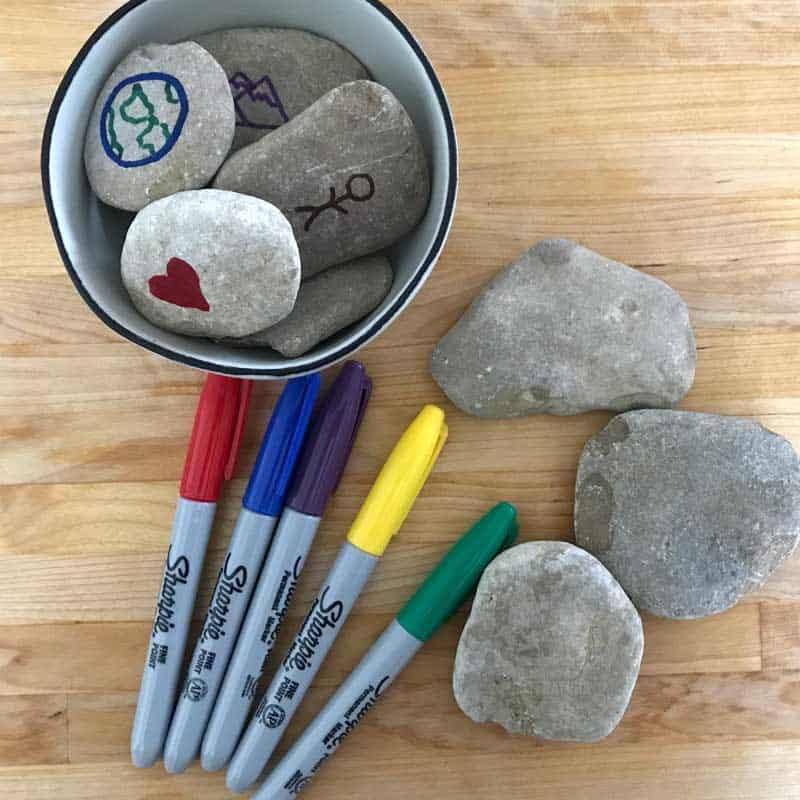
In our guide, Story Rocks are simply rocks with a specific word or basic symbol drawn on them.
Like we said, minimal art skills required.
The goal is to create a tool for narrations that can be used on a regular basis. The more you use them, the easier it gets as your children gain confidence in the process.
Here’s how to create your own set of Story Rocks for Narration:
- Gather 6 rocks (each with one flat area).
- Label them with these WORDS or SYMBOLS (using paint or markers):
- “Character” – or a stick figure
- “Setting” – or an earth symbol
- “Goal” – or a heart
- “Conflict” – or a broken heart
- “Climax” – or a mountain peak
- “Resolution” – or a smiley face
- Place in a bowl or jar to keep handy when discussing stories
Easy enough, right? Now, let’s talk about how you can use them to encourage narrations and help your children better understand stories they’ve heard or read.
Using Story Rocks
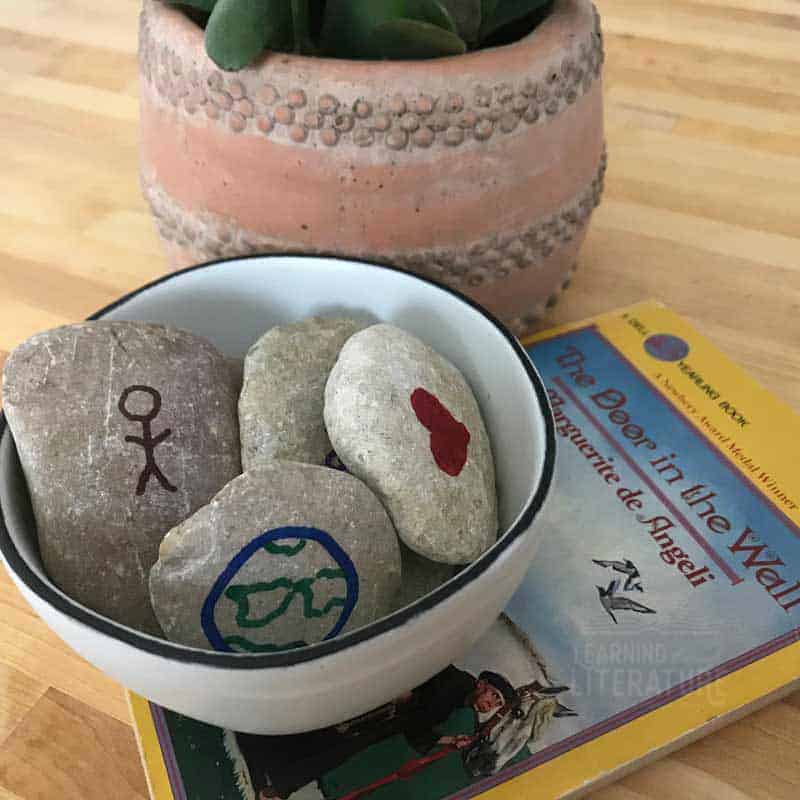
When a child tells back a story in their own words, they gain a deeper understanding of it. The goal isn’t parroting back word-for-word (heaven forbid) but, rather, letting them digest the story and tell it back it a way that reflects their understanding and individual personality in the retelling.
So, when you’ve read a new story together, one way to encourage that is to grab that bowl or jar of Story Rocks off the shelf and sit down together. Maybe grab a snack to go along with it.
Here’s more about what each rock word/symbol means:
- “Character” | stick figure: Tell about the main character of the story (or other characters, if desired)
- “Setting” | earth symbol: Tell about the time or place in which the story happens
- “Goal” | heart: What is it that the main character wants more than anything else? What is their main goal?
- “Conflict” | broken heart: What things get in the way of that goal? What struggles arise?
- “Climax” | mountain peak: Tell about when the action reached its highest point in the story.
- “Resolution” | smiley face: How was the conflict (struggle) resolved and wrapped up in the end?
You can either place the rocks in the order listed or let the child draw out a rock at random. The first way encourages a chronological retelling, while the other allows for discussing one concept in-depth. Both ways lead to narrating story elements.
Keep it Fun
These are, of course, merely suggestions for how you can use the Story Rocks. We predict you’ll use them in other ways that are unique and meaningful to your family.
Each child might respond to them differently. Each book might lead to a slightly different spin with them.
Most of all, Story Rocks are meant to be fun and open-ended. They allow for all kinds of possibilities. They’re meant to spark narrations and conversation to encourage your children to engage more deeply with great stories.
Do you have a unique way you use Story Rocks in your home? What other ways do you encourage deeper understanding of stories?
P.S. – Don’t forget to grab the FREE resource with discussion prompts and more creative narration ideas!



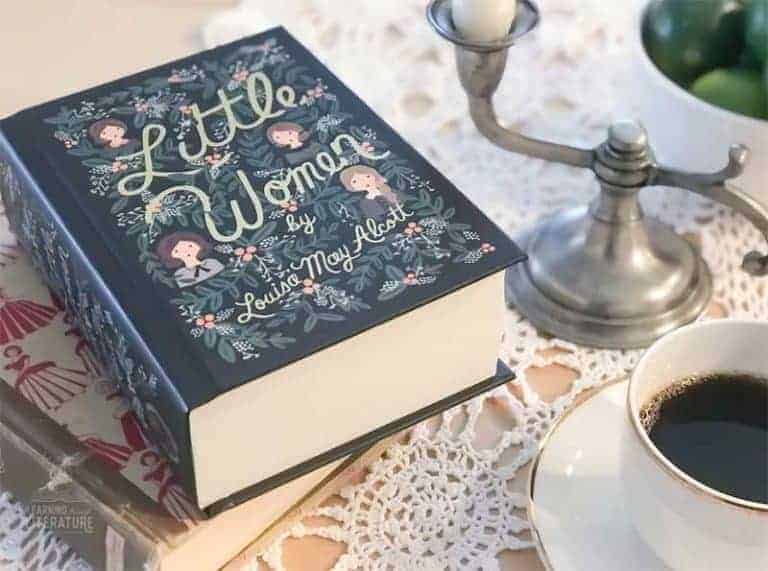
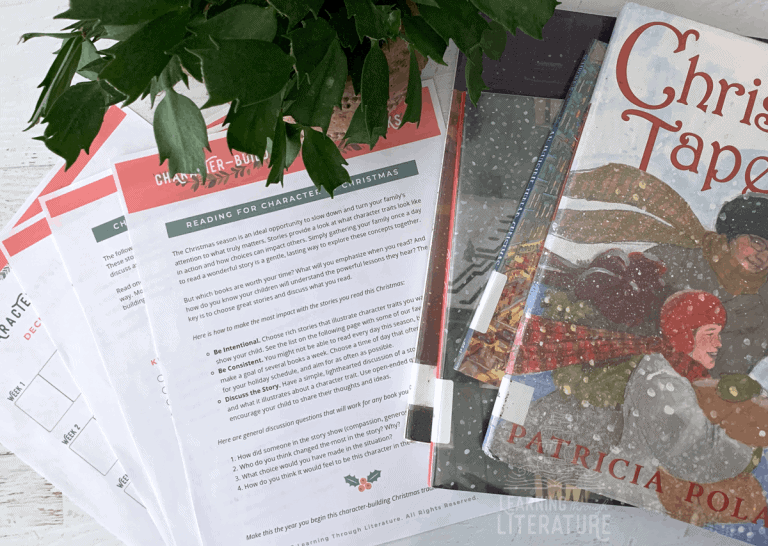


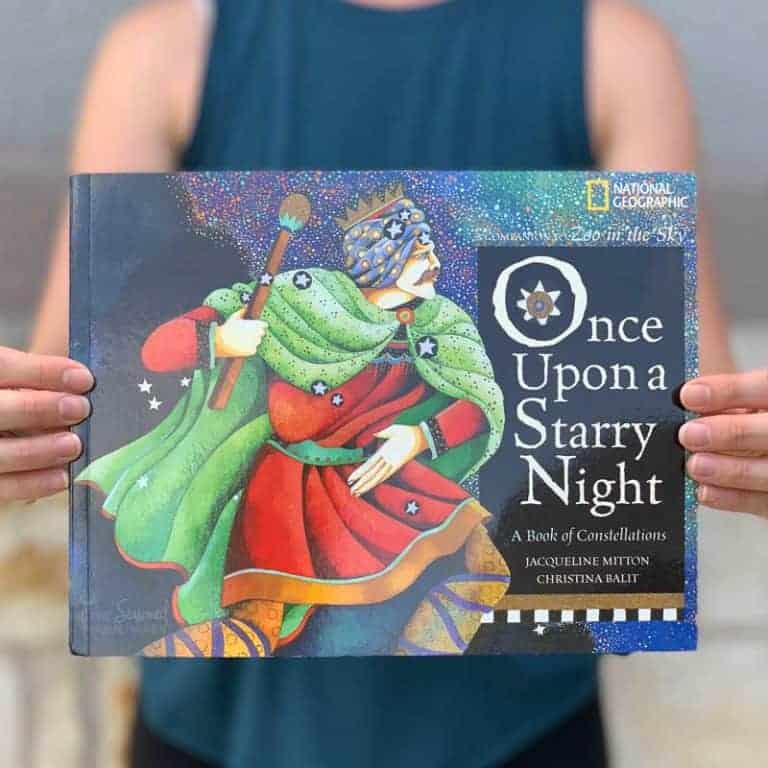
Splendid idea! I have an older child that struggles with narration, but I think this will help him. Having something tangible to hold, and that will help him decide which part of the story to tell, might just be the boost he needs. When I say, “Tell me about the story,” he typically looks like a deer in headlights, and has no idea where to start. We’ll give it a try.